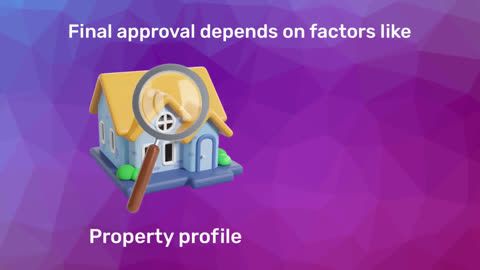What is a reducing interest rate?
Areducing interest rate(also known asdiminishing balance rate) is commonly used in loans such ashome loans,personal loans, andcar loans. Here’s how it works:1. Monthly interest calculation: With a reducing interest rate, the interest is calculated on the outstanding loan amount at the end of each month. As you repay the principal, the interest amount decreases over time.
2. Benefit: Borrowers pay less interest as the principal reduces with each repayment.
What is a flat rate?
Aflat rate(also known as afixed interest rate) is less common but straightforward. Here’s how it works:1. Fixed interest amount: With a flat rate, the interest is calculated on the entire loan amount throughout the loan tenure. The interest remains constant, regardless of the principal repayment.
2. Equal Instalments: Borrowers pay the same interest amount every month, making it easier to budget.
For example, if you borrow Rs. 5,00,000 at a flat rate of 10%, you’ll pay Rs. 50,000 in interest each year, regardless of how much you’ve repaid. This type of interest rate is more common in car loans and some personal loans.
Why would you want to convert reducing rate to flat rate?
Converting a reducing rate to flat rate can give you a clearer picture of the true cost of your loan. It helps you compare different loans with ease and choose the one that suits your financial needs.Understanding the flat rate equivalent of a reducing interest rate is especially useful if you’re comparing a loan with a reducing interest rate to one with a flat rate. It also helps you see whether refinancing your current loan is a good option.
How to convert reducing rate to flat rate
To convert reducing rate to flat rate, there’s a simple formula you can use:Flat Rate = (2 × Reducing Rate) / (1 + Loan Tenure in Years)
Let’s break it down with a quick example:
1. Suppose you have a home loan of Rs. 10,00,000 with a reducing interest rate of 10% per annum, and the loan tenure is 5 years.
2. Plug these numbers into the formula:
- Flat Rate = (2 × 10%) / (1 + 5)Flat Rate = 20% / 6Flat Rate = 3.33%
This formula gives you an approximate flat rate for your reducing interest rate, helping you compare different loans easily.
When should you use flat rate calculation?
Use flat rate calculations when you want to:- Compare different loans: If you have offers from multiple lenders with different types of interest rates, converting reducing rate to flat rate will help you compare them easily.
- Understand total interest cost: The flat rate gives you a straightforward way to estimate the total cost of the loan.
- Decide on refinancing: If you’re thinking about refinancing your existing home loan, use flat rate calculations to understand if the new loan is a better option.
Important points to remember
- The flat rate formula gives an approximate value. The actual interest cost might differ slightly.
- Reducing rates are generally more beneficial for long-term loans like home loans, while flat rates are often better suited for short-term loans.
- Always consider other fees and charges while comparing loans.
Benefits of choosing the right interest rate
Choosing the right interest rate type can save you a lot of money in the long run. If you’re looking at a home loan, go for reducing interest rates as they decrease over time. This is especially important if you’re planning a long loan tenure.For example, with Bajaj Housing Finance Home Loan, you can get competitive interest rates, which can significantly reduce your monthly EMI and overall interest cost.
Use online calculators for better decision-making
If you’re still unsure which type of interest rate to choose, use online loan calculators. Home loan EMI calculators are great tools to compare loan options. Simply enter the loan amount, interest rate, and tenure to see your EMI and total interest cost. This can help you decide if you want a reducing or flat rate.Explore Bajaj Housing Finance Home Loan
For those planning to take a home loan, Bajaj Housing Finance offers convenient funding solutions. Here are a few benefits of opting for a home loan from us:1. High loan amount: Make your homeownership dreams a reality with a loan amount of up to Rs. 15 Crore*.
2. Low interest rates: Enjoy affordable EMIs starting at just Rs. 684/lakh*, with home loan interest rates as low as 7.45%* p.a.
3. Fast approval: Get your loan sanctioned in as little as 48 Hours*, or even sooner.
4. No foreclosure charges: With a floating interest rate, you can prepay or close your loan without any extra fees.
5. Hassle-free application: Our convenient document pickup service means you will not have to visit the branch multiple times.
Do not wait any longer—apply for a Bajaj Housing Finance Home Loan today and move closer to owning your dream home.




